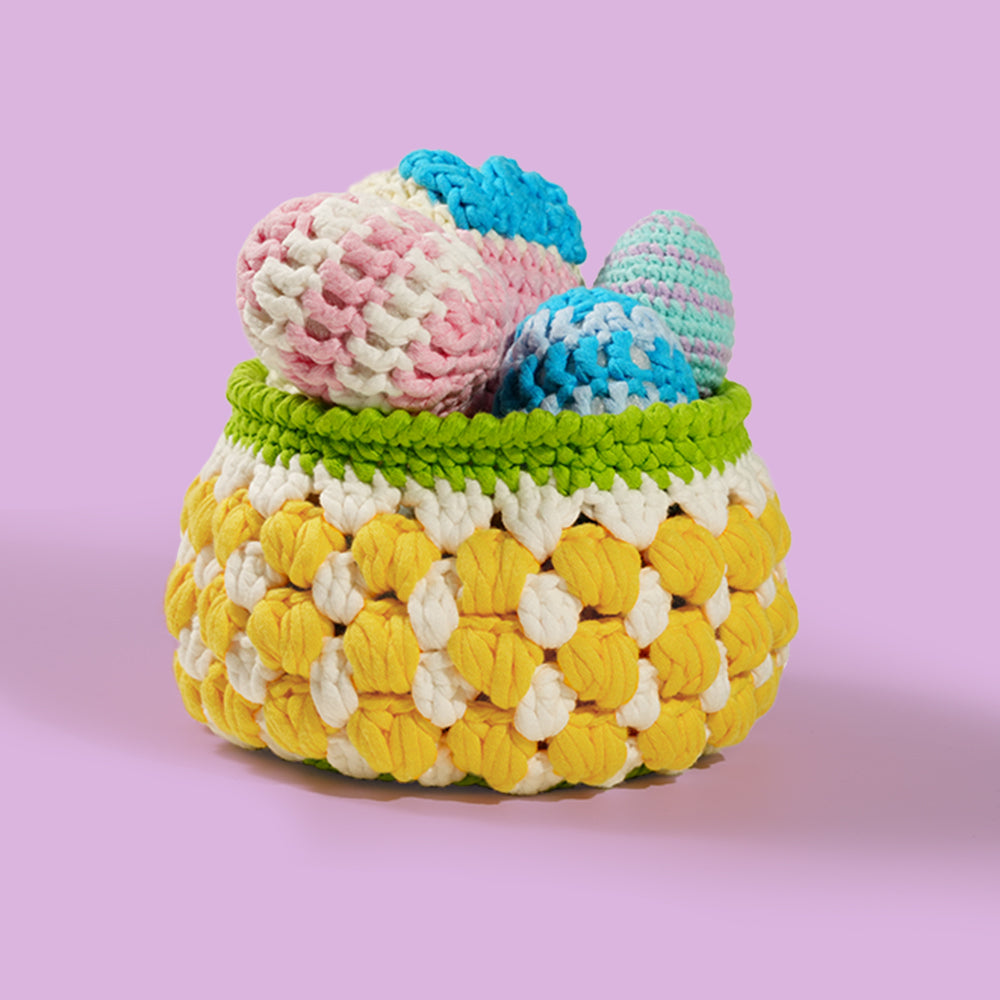How to Hold a Crochet Hook –Pencil Grip VS Knife Grip
Hey everyone! If you’ve ever struggled with keeping your stitches even, it might be time to reexamine how you hold your crochet hook. In this guide, I'll share specific grip techniques, explain when to use each method, and include a handy comparison table to help you find the best way to hold your tool. Whether you're working on delicate lacework or a chunky afghan, mastering your grip can make a world of difference in comfort and precision.
Why Your Grip Matters
The way you hold your crochet hook affects your overall crochet experience. A comfortable and secure grip:
-
Reduces Hand Fatigue: Allowing you to work longer without strain.
-
Improves Stitch Consistency: Leading to neater, more even results.
-
Enhances Control: Giving you the precision needed for intricate designs.
Two Main Grip Techniques
There are two popular ways to hold your crochet hook. Here’s a breakdown:
1. Pencil Grip
-
How It Works: Hold your hook like a pencil, with the tip resting between your thumb and index finger.
-
Ideal For: Projects that require fluid wrist movement, such as intricate patterns or lightweight projects.
-
Pros: Offers flexibility and a natural feel.
-
Cons: May feel less stable for beginners needing extra control.

2. Knife Grip
-
How It Works: Grip the hook similar to how you would hold a knife, with your whole hand wrapping around it.
-
Ideal For: Projects that need extra control and precision, like thick yarn or detailed motifs.
-
Pros: Provides a firmer grip and more stability.
-
Cons: Can be less flexible, potentially tiring over long sessions if not adjusted properly.

Grip Comparison Table
| Grip Method | Description | Ideal For | Pros | Cons |
|---|---|---|---|---|
| Pencil Grip | Hook held like a pencil between thumb and index finger. | Intricate patterns, lightweight projects. | Flexible; natural movement; good for fluid motions. | May lack stability for beginners. |
| Knife Grip | Hook held like a knife, with a firm, full-hand grip. | Heavy yarn projects, detailed designs requiring precision. | Provides extra control and stability. | Can feel rigid; may lead to fatigue over long sessions. |
When to Use Which Grip
-
For Detailed Designs: If you're working on a project with lots of fine details, the knife grip can help maintain consistent tension and precision.
-
For Long, Relaxed Projects: If you're crocheting a blanket or a flowing shawl, the pencil grip offers more freedom of movement, making it easier on your wrists.
-
Mix and Match: Some experienced crocheters find that switching between grips during a project gives the best balance of control and comfort. Try experimenting with both to see what feels right for you.
Personal Tips for Improving Your Grip
-
Practice on Swatches: Before committing to a large project, try each grip on a small sample piece. Notice which method reduces hand fatigue and produces more uniform stitches.
-
Adjust Your Hook Size: Sometimes, a slight change in the hook size or shape can complement your chosen grip better.
-
Stay Relaxed: Avoid gripping too tightly; a relaxed hand allows the yarn to flow naturally and reduces the risk of strain.
Mastering your grip on your crochet hook is essential for creating beautiful, consistent work while keeping your crafting sessions comfortable. Experiment with both grips and refine your technique until you find the perfect balance that suits your project needs.
If you wanna get some crochet tools to start your crochet journey,check out the Hook at home section to explore the best products for you.
Happy crocheting, and enjoy every stitch along the way!

